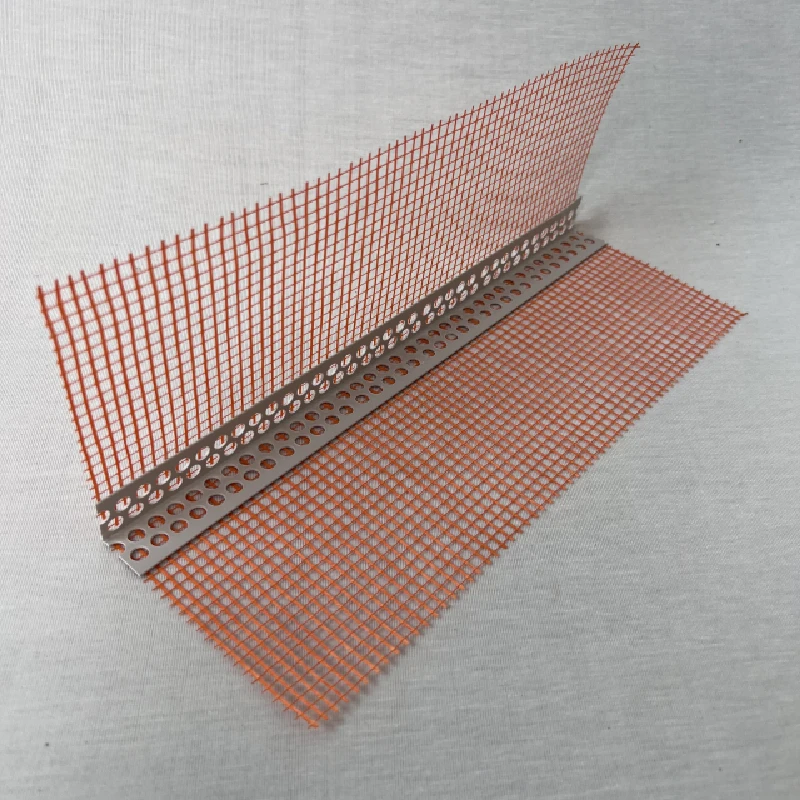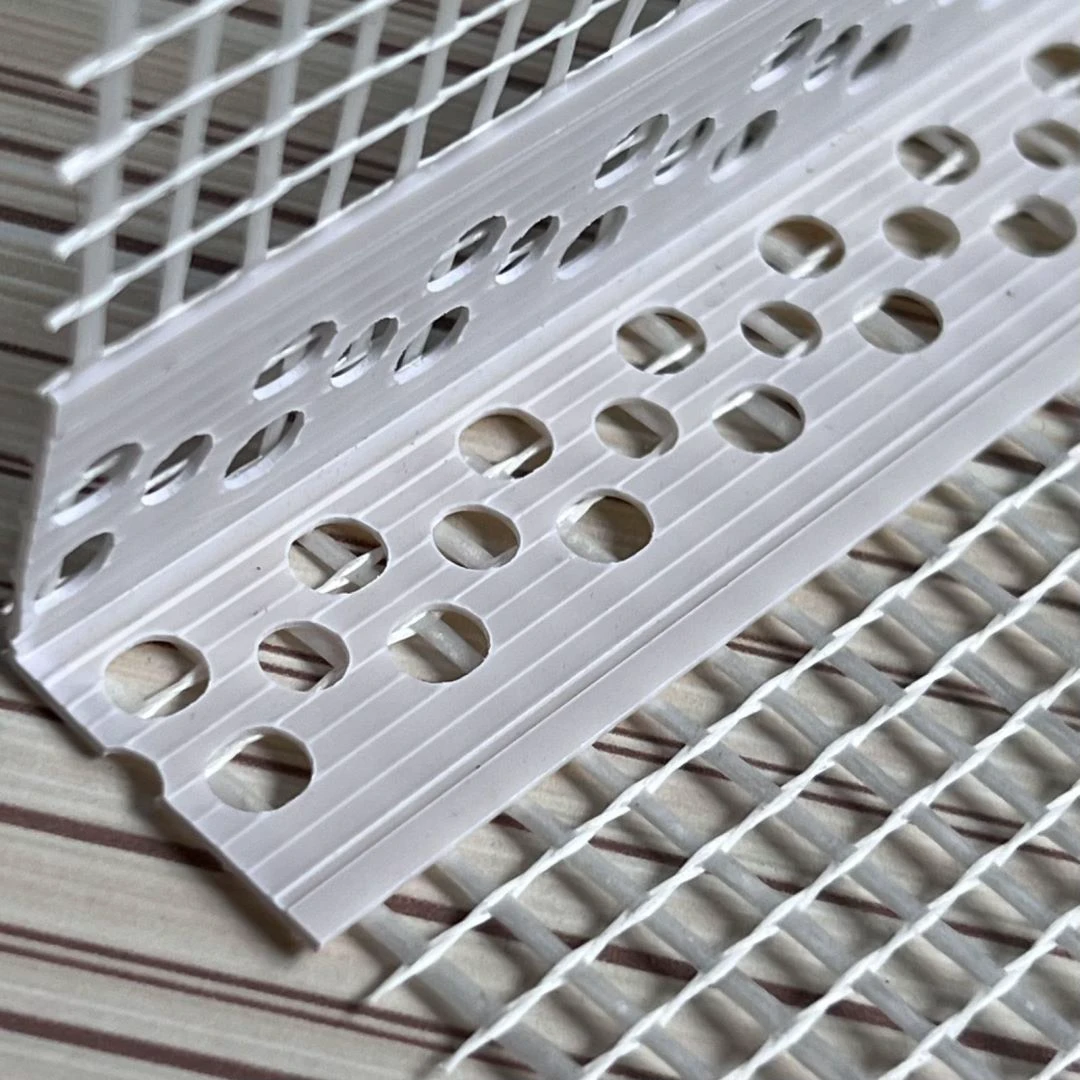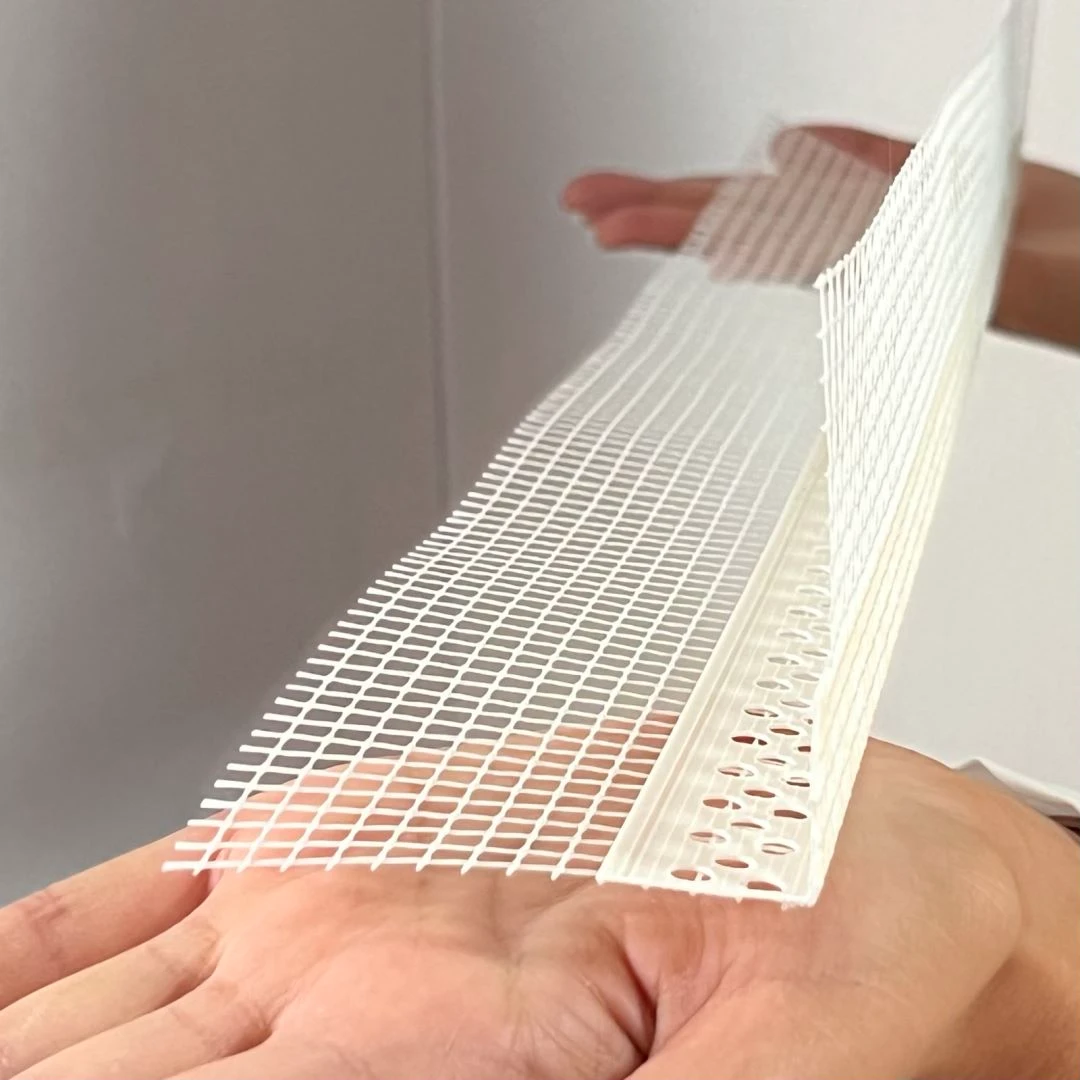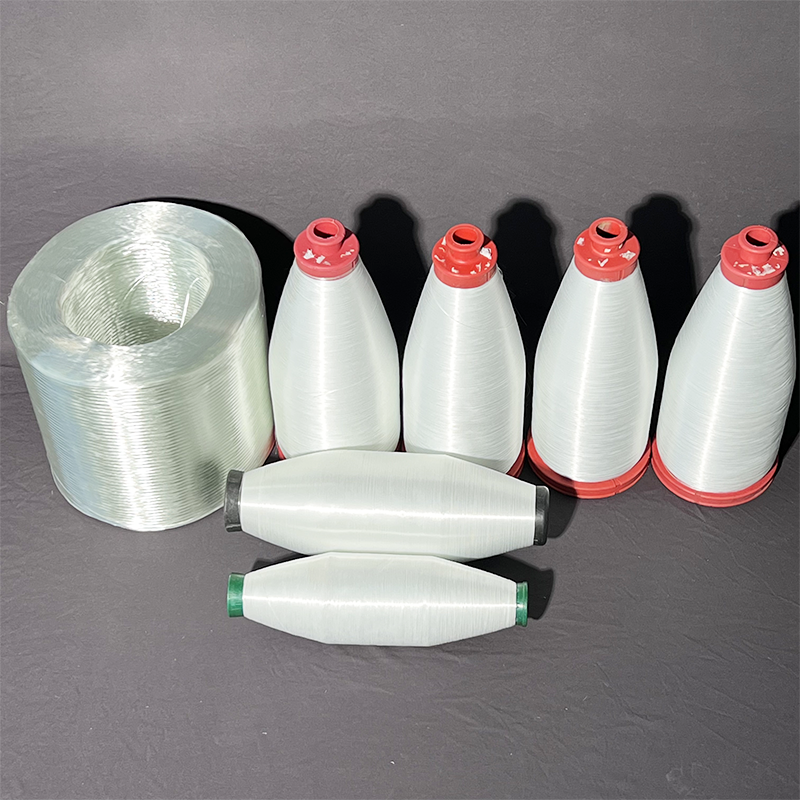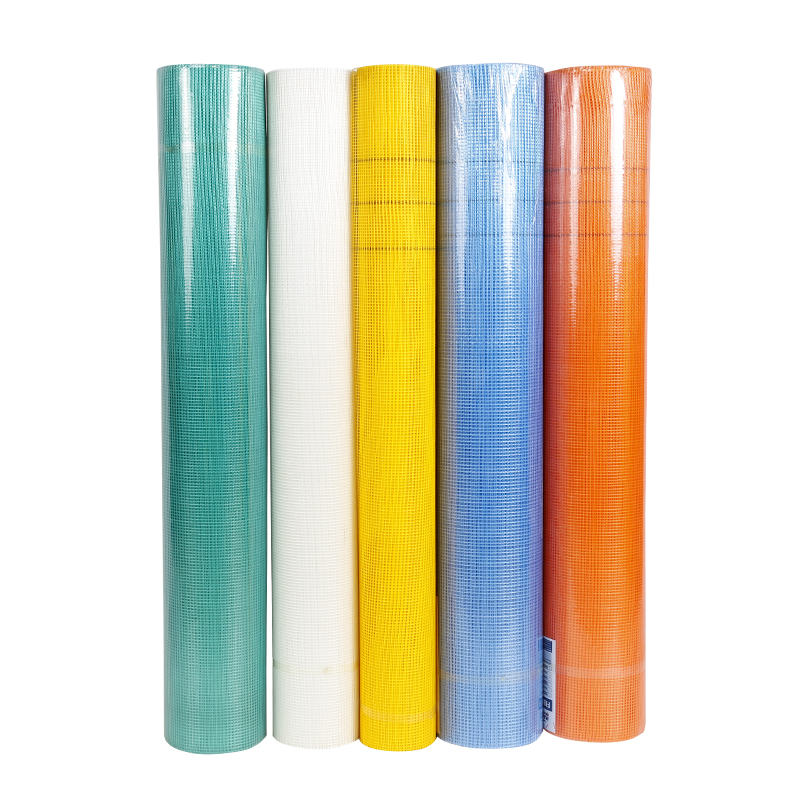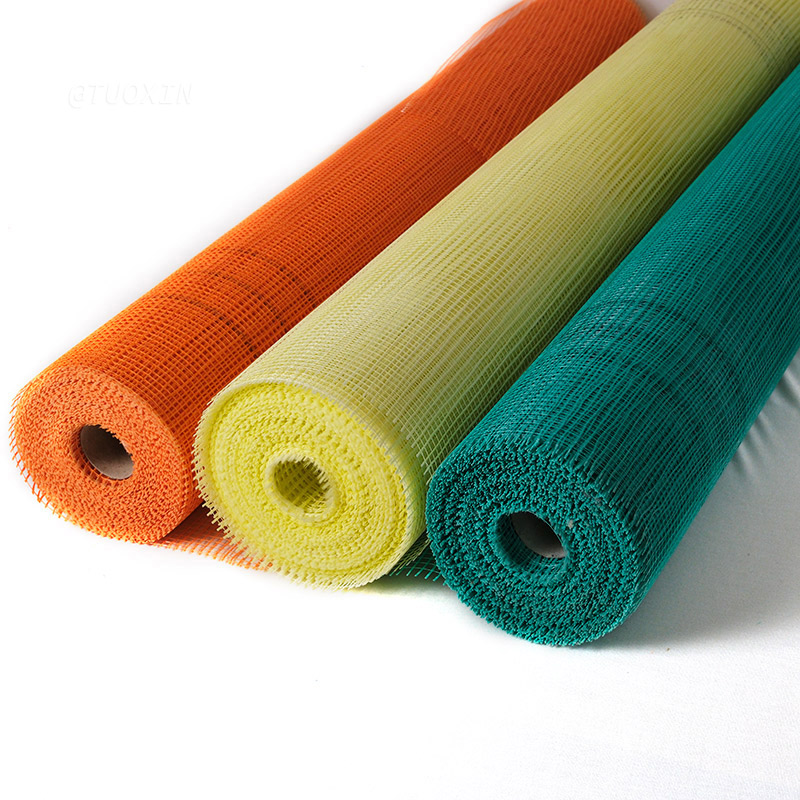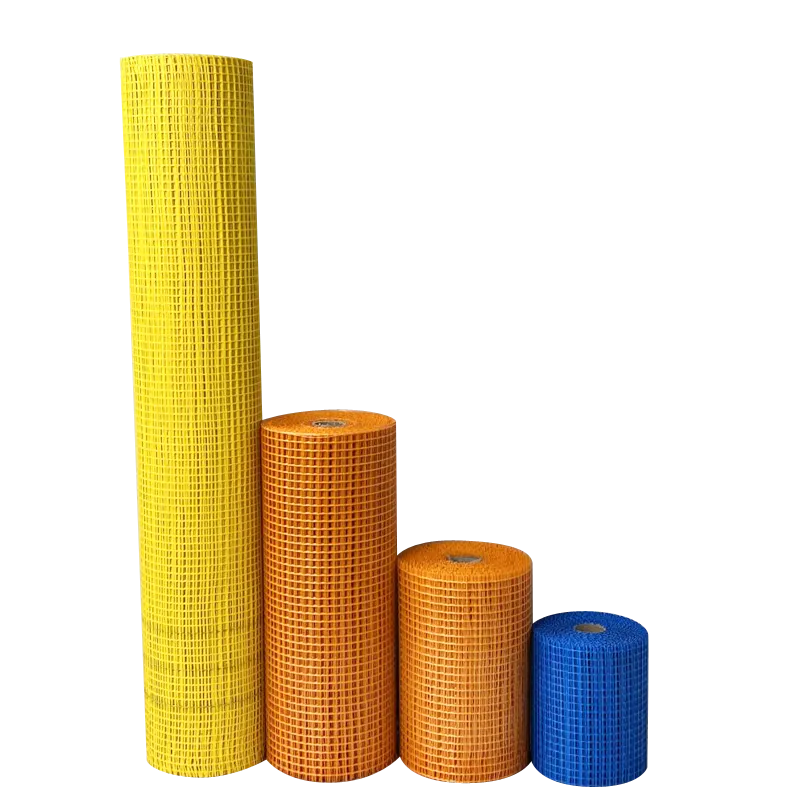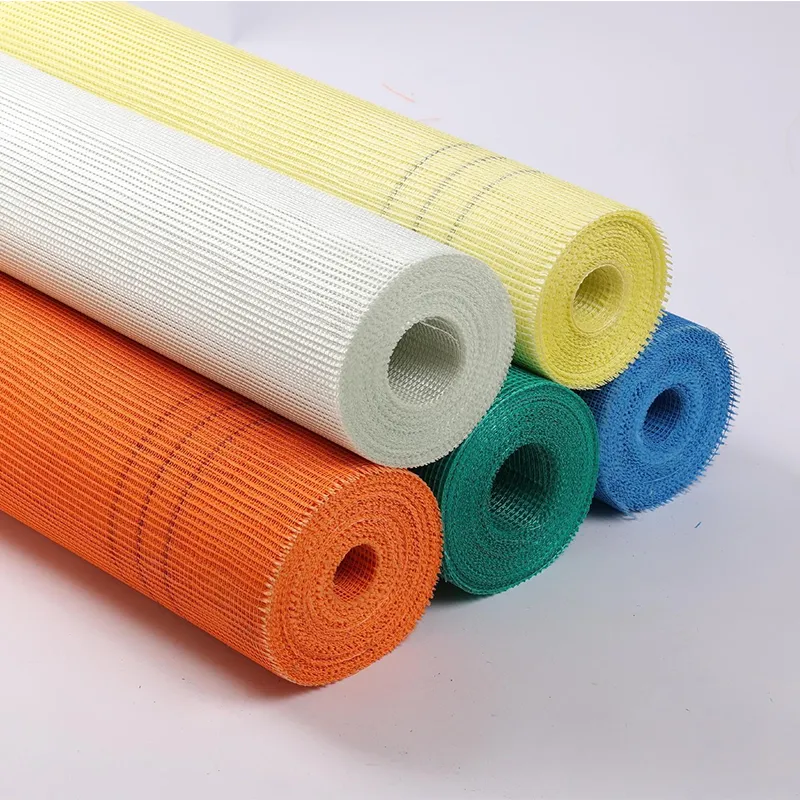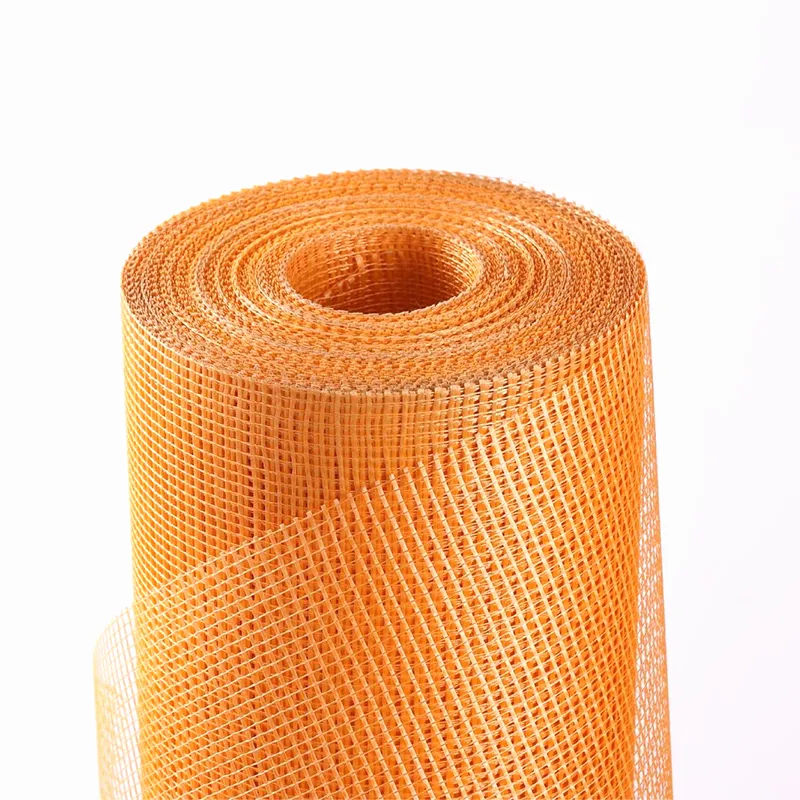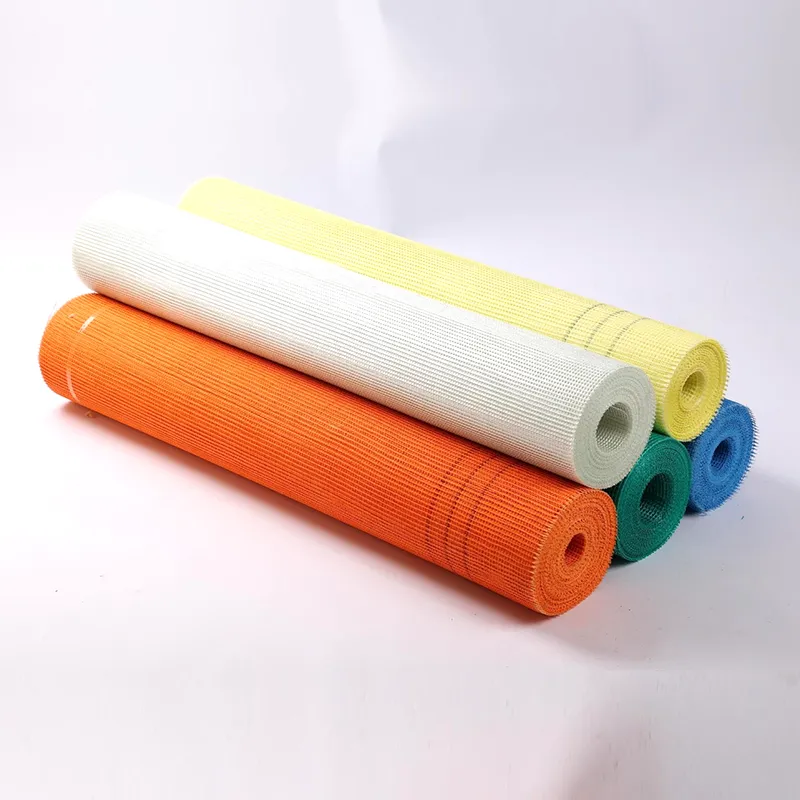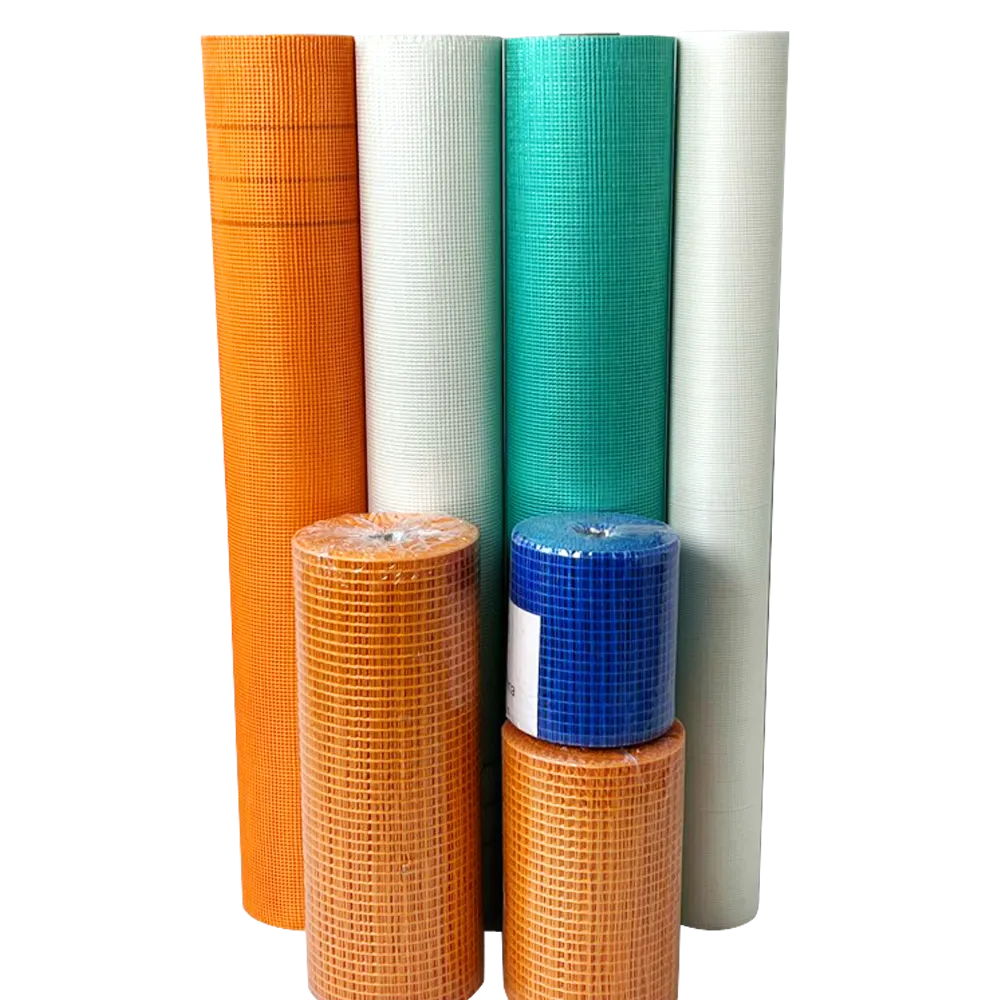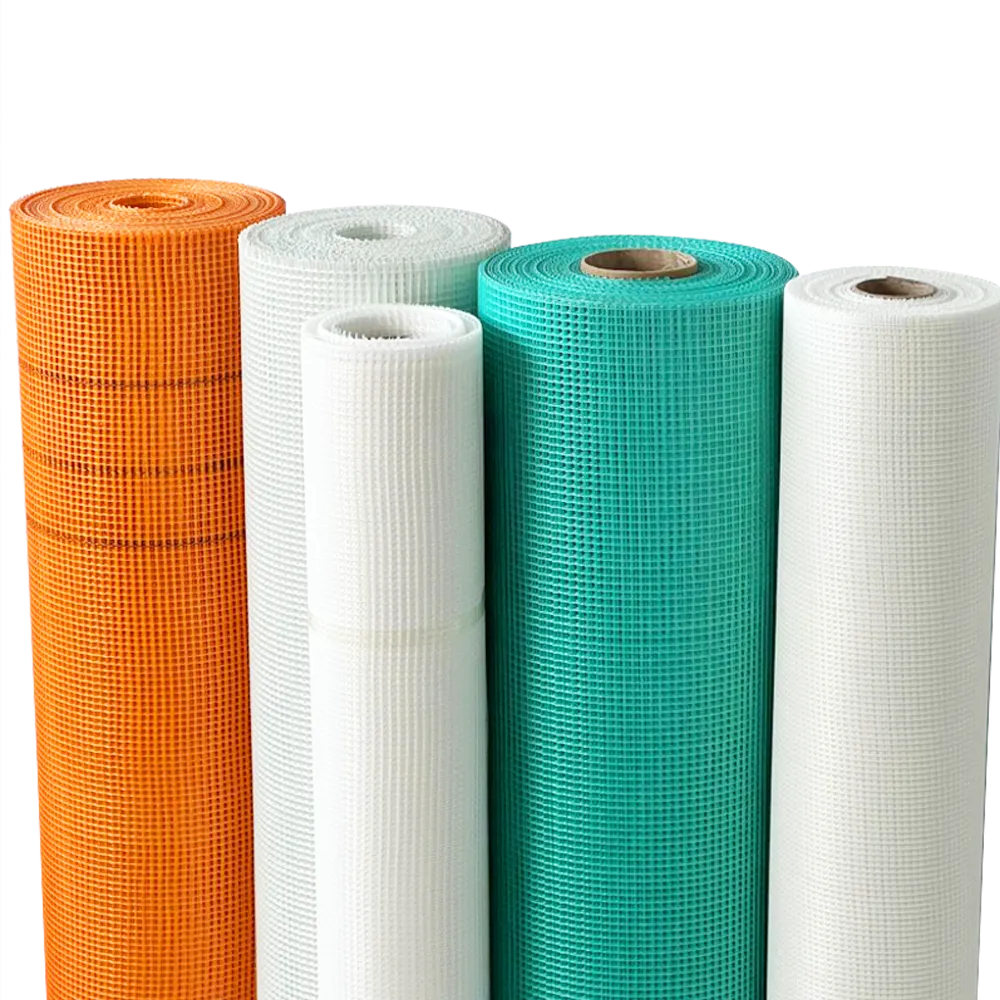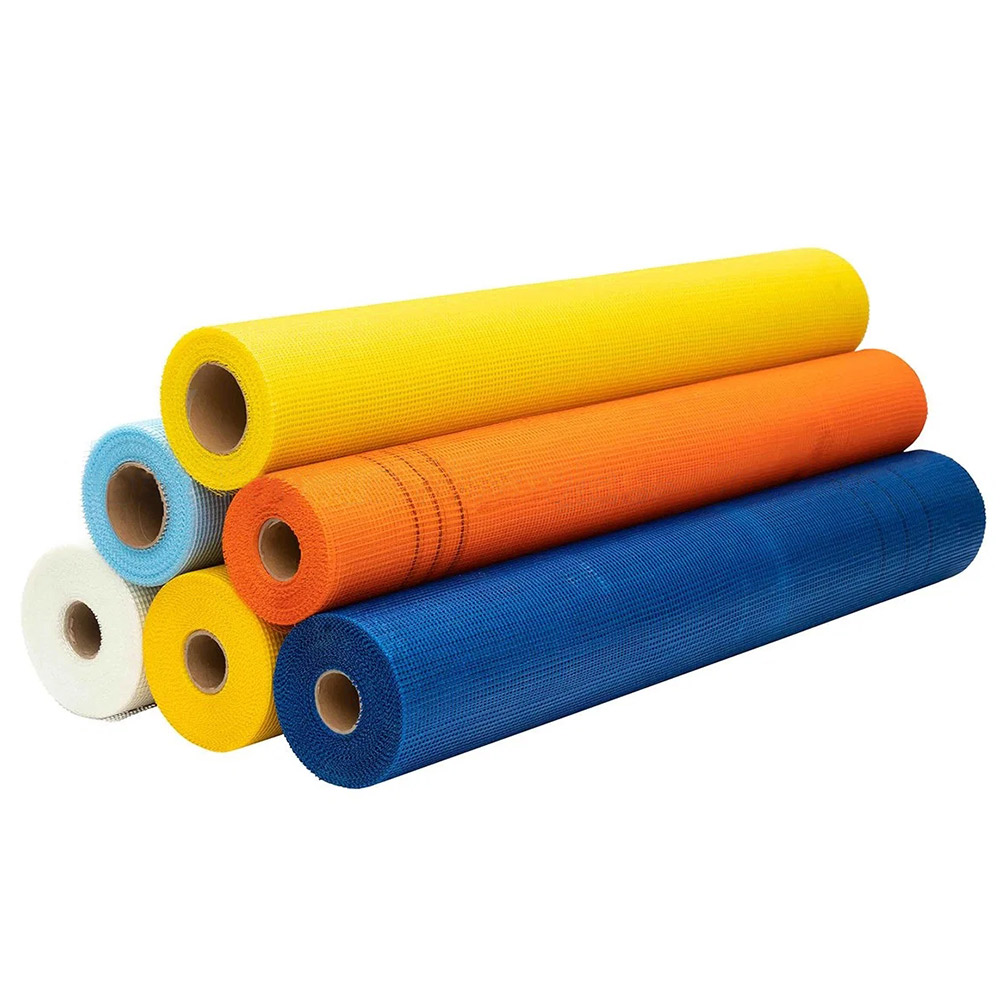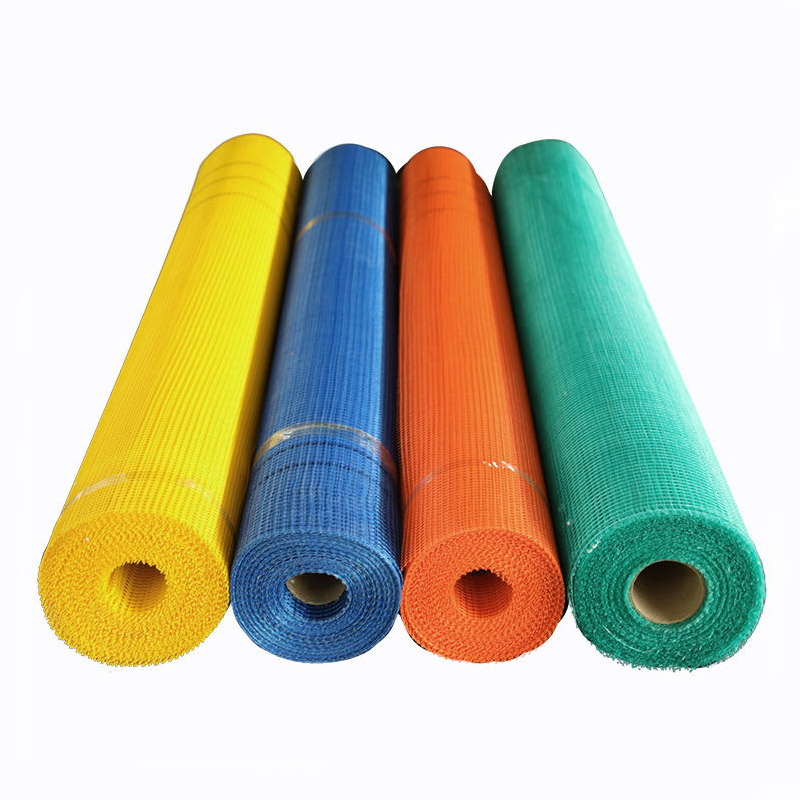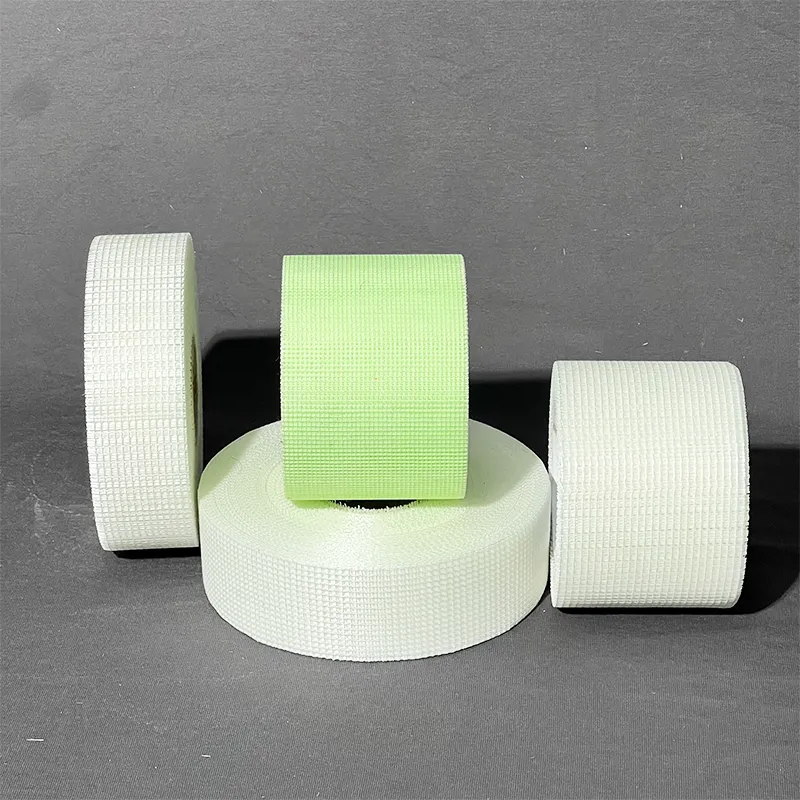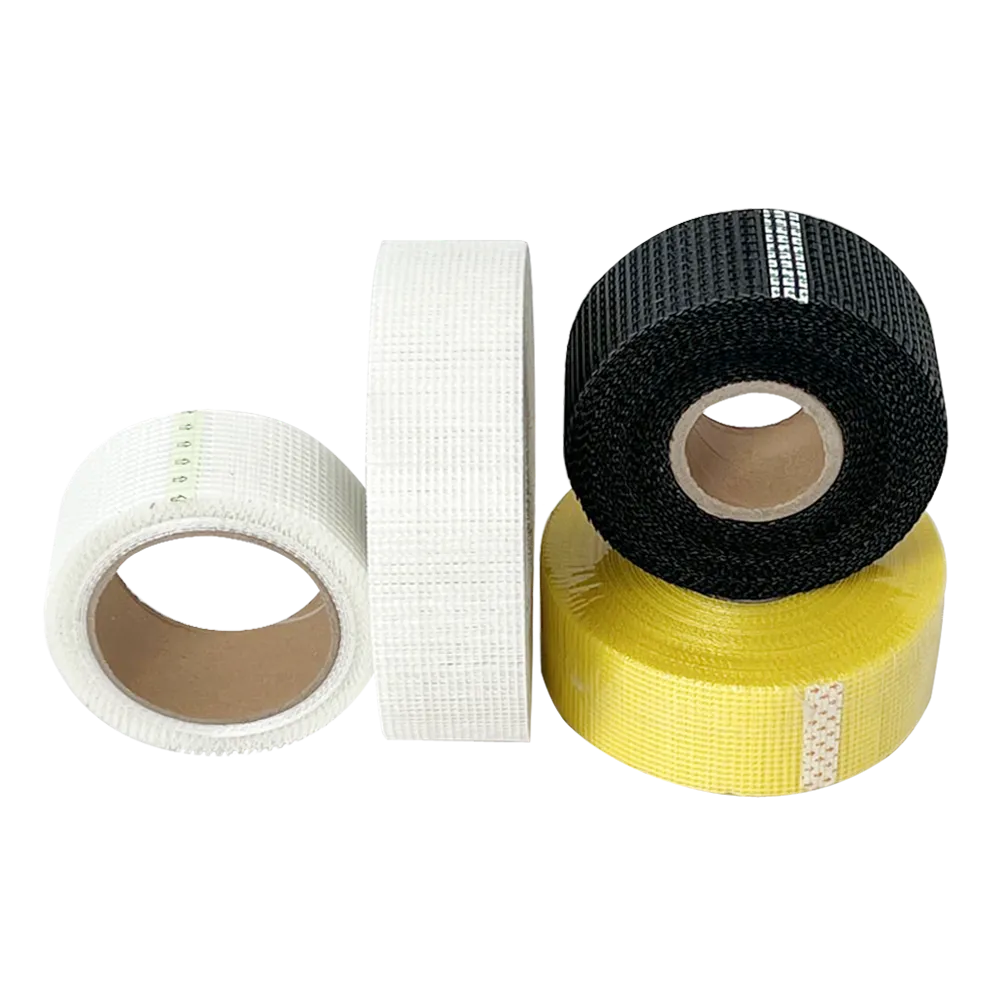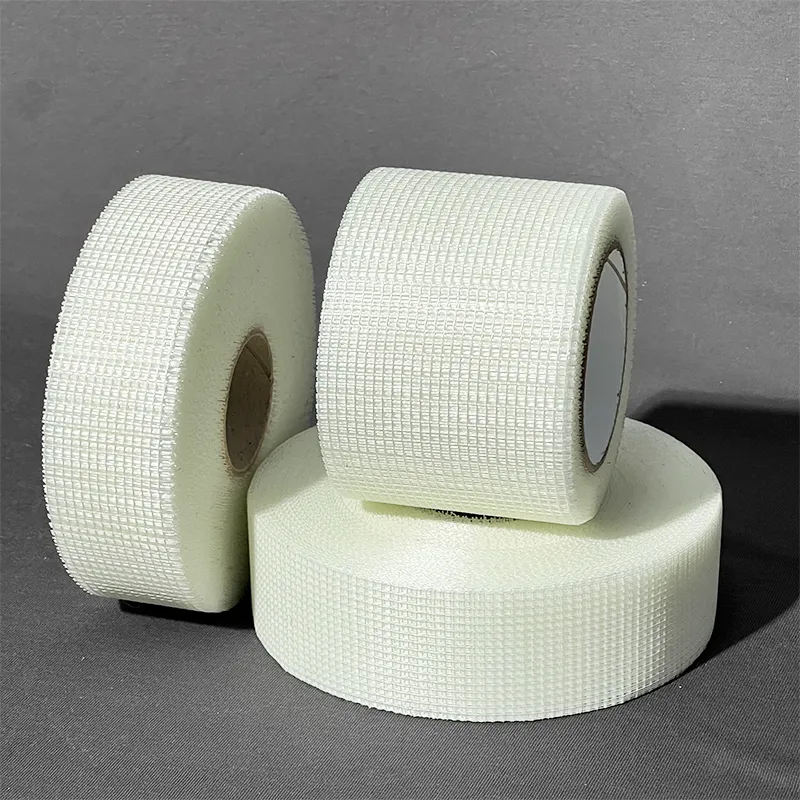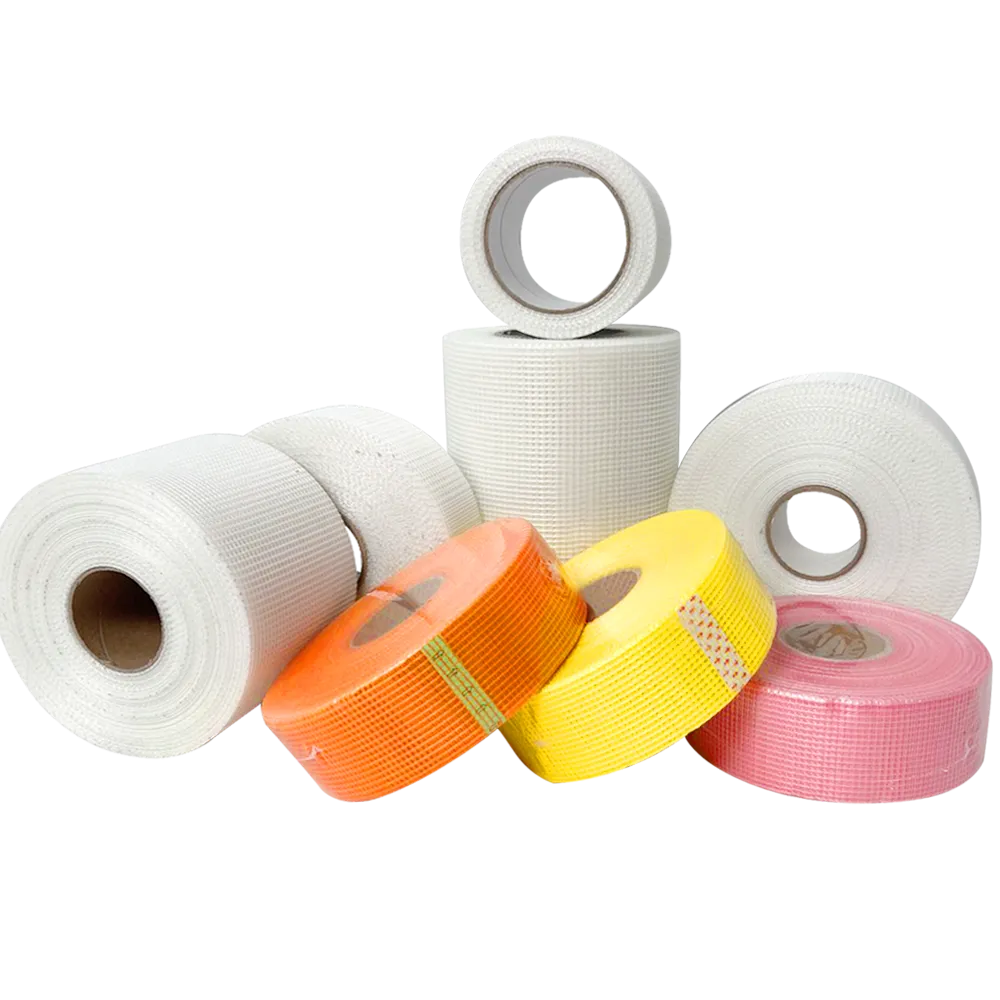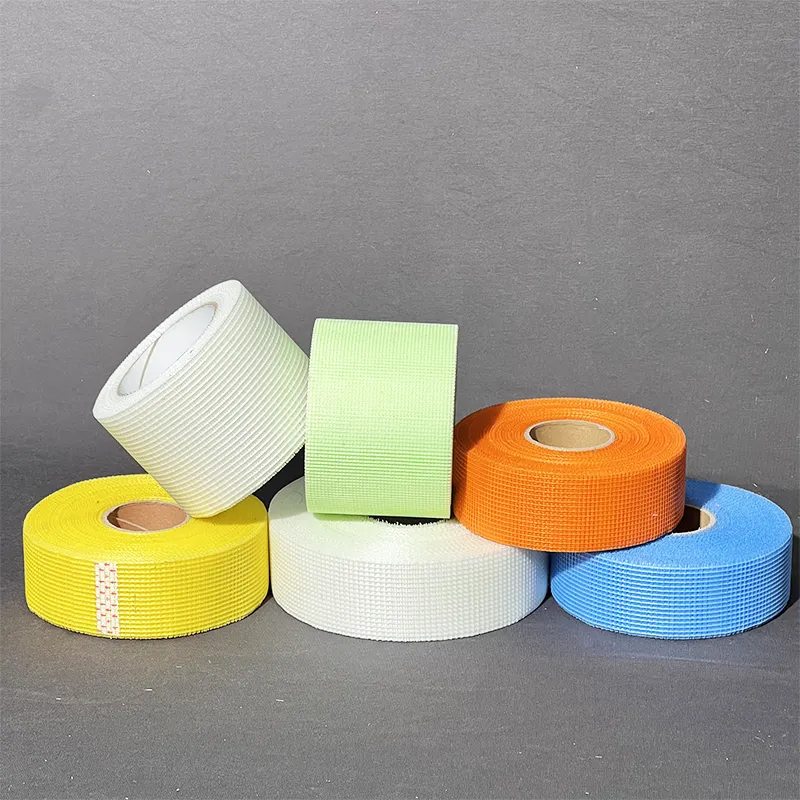Rgp . 06, 2025 11:29 Grįžti į sąrašą
Reinforcing Modern Surfaces: The Power of Fiberglass Mesh in Construction
In modern construction and renovation, materials must offer durability, flexibility, and ease of installation. One such material that checks all these boxes is fiberglass mesh. Whether used in drywall, tiling, or stucco applications, fiberglass mesh improves structural integrity, prevents cracking, and ensures long-lasting finishes. In this article, we explore five essential uses of fiberglass mesh across various industries and how each variant—like fiberglass drywall mesh or fiberglass mesh cloth—plays a unique role in different environments.

Seamless Wall Finishes with Fiberglass Drywall Mesh
Fiberglass drywall mesh is widely used in residential and commercial interior wall construction. Unlike traditional paper drywall tape, fiberglass mesh comes in a self-adhesive roll that makes taping drywall joints faster and easier. It’s made from woven fiberglass threads coated with an alkali-resistant adhesive, offering excellent bonding and crack-resistance properties.
Benefits of using fiberglass drywall mesh include:
Mold and mildew resistance
Strong adhesion to drywall and joint compound
Reduced risk of joint cracking over time
Faster application and sanding compared to paper tape
In areas with high humidity, like basements or bathrooms, fiberglass drywall mesh performs exceptionally well due to its resistance to moisture and rot. Its durability also makes it a preferred choice in renovation projects, especially when patching cracks or seams in old plaster walls.
For professionals, this mesh streamlines the taping process and allows a stronger, longer-lasting joint, particularly in high-stress or temperature-fluctuating environments.
Versatile Reinforcement: Fiberglass Mesh Cloth and Fiberglass Mesh Fabric
While often used interchangeably, fiberglass mesh cloth and fiberglass mesh fabric represent two variations of fiberglass mesh, each tailored to different applications based on texture, weave, and thickness.
Fiberglass mesh cloth is typically stiffer, with a more defined grid pattern. It's used for:
Cement board reinforcement
Roofing membranes
Wall insulation systems
Its stiffness helps maintain shape during embedding, ensuring it lays flat and doesn’t curl. This makes fiberglass mesh cloth ideal for industrial and structural applications where consistent reinforcement is required.
On the other hand, fiberglass mesh fabric is softer and more flexible, making it suitable for:
Wrapping uneven or curved surfaces
Waterproofing layers
Fine plaster or skim coat reinforcement
Fiberglass mesh fabric is popular in artistic, curved architectural features where a tight fit around surfaces is necessary. It’s also preferred in composite manufacturing and boat building due to its draping capability and lightweight strength.
Both types share common advantages:
Resistance to alkalis and corrosion
Non-combustibility and thermal stability
Lightweight yet durable
Depending on the project, choosing between fiberglass mesh cloth and fiberglass mesh fabric ensures optimal reinforcement performance and ease of installation.
Surface Protection and Longevity: Fiberglass Mesh for Stucco and Fiberglass Mesh for Tile
Exterior wall systems are subject to environmental stresses like temperature changes, moisture, and movement. That’s where fiberglass mesh for stucco becomes essential. When embedded in the base coat of stucco or EIFS (Exterior Insulation and Finish Systems), this mesh provides tensile strength and prevents cracking caused by expansion and contraction.
Key roles of fiberglass mesh for stucco include:
Preventing hairline and shrinkage cracks
Reinforcing curved or complex architectural surfaces
Improving impact resistance on façades
Enhancing adhesion between insulation and finish layers
Stucco reinforced with fiberglass mesh tends to have a smoother, more durable finish and can better withstand the elements over time. This mesh also allows the stucco to "breathe," helping release trapped moisture while maintaining structural cohesion.
Similarly, fiberglass mesh for tile is used in floor and wall tiling systems to stabilize the underlying surface and prevent cracking in mortar beds or adhesives. It’s often installed between the subfloor and the tile layer or in self-leveling compounds.
Benefits of fiberglass mesh for tile:
Even distribution of stress under heavy tile or stone
Prevention of surface deformation and cracks
Compatibility with underfloor heating systems
Ideal for use with large-format tiles
-
The Versatile Strength of Fiberglass Mesh in Modern ConstructionžiniosAug.06,2025
-
Strength Beneath the Surface: The Role of fiberglass Mesh Tapes in Drywall and Stucco SystemsžiniosAug.06,2025
-
Long-Lasting Wall Reinforcement: The Power of Alkaline-Resistant and White Fiberglass mesh TapesžiniosAug.06,2025
-
Building Stronger Walls: The Benefits of Fiberglass mesh Tapes in Drywall ConstructionžiniosAug.06,2025
-
Advanced Reinforcement Solutions: The Role of Alkali-Resistant and White Fiberglass Mesh in Modern PlasteringžiniosAug.06,2025
